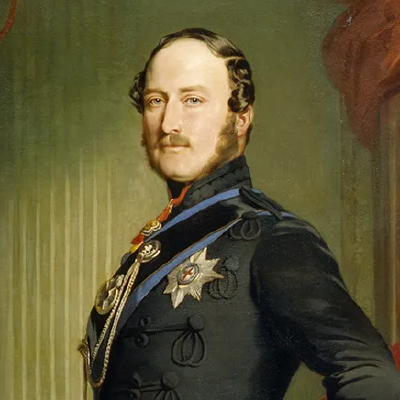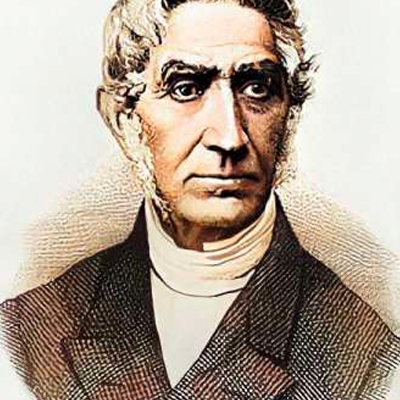Creation of the ISI in London on 24 June 1885
Result of a long history of statistical international cooperation initiated in 1851
As described in my first article dedicated to the ISI’s 135th anniversary, the creation of the ISI in London on 24 June 1885 was the result of a long history of statistical international cooperation initiated in 1851. The first half of the 19th century saw the birth of many learned statistical societies: e.g., in UK (London, Manchester), in Ireland (Dublin), in USA (Boston where ASA was created in 1839) and in France (Marseilles). But there were no formal relationships between these societies – regardless of the fact that Charles Babbage, one of the founding fathers of the Statistical Society of London, corresponded frequently with Florence Nightingale in the USA and Adolphe Quételet in Belgium, and they all felt that there was a need for the statistical societies and statisticians to get together for exchanging their experience and knowledge.
This is the second of a series of articles dedicated to the 135th anniversary of the ISI By Jean-Louis Bodin, former ISI President (1999-2001)
An opportunity appeared in 1851 alongside the organization of the first Universal Exhibition held in London at the initiative of Prince Albert, consort of the Queen Victoria. Prince Albert was running an active campaign for the role of scientists and the place of science and technology in society. He shared Babbage’s ideas of using the Universal Exhibition as a backdrop to highlight the need to stimulate scientific and technological progresses and technical education.
Adolphe Quételet used this event to meet many foreign delegates, scientists as well politicians; this way it was decided to hold International Statistical Congresses (ISC) on a regular basis. The Central Statistical Commission of Belgium called such a congress in September 1853 in Brussels. The agenda covered the main branches of statistics but also the issue of statistical organization: it was proposed that a “central statistical commission” be set up in each of the 26 countries represented in Brussels and be attached to international congresses in charge of establishing comparability between statistics published by different countries. We can for example note that, in his opening address of the 4th ISC held in London in 1860 Prince Albert stated that “these congresses pave the way to an agreement among different governments and nations to follow up common inquiries, in a common spirit, by a common method for a common end”. This statement is still valid today as a strong recommendation of all international and supranational organizations to their country
members.
A series of eight other ISCs followed the one held in Brussels: Paris 1885, Vienna 1857, London 1860, Berlin 1863, Florence 1867, The Hague 1869, Saint Petersburg 1872 and Budapest 1876. The number of participants in these congresses was between 350 and 600 (with a maximum of 750 in Florence!), i.e. roughly the number of participants in ISI sessions between 1950 and 1975. In 1983, on the occasion of the 44th ISI session held in Madrid, the Instituto Nacional de Estadística published a reproduction of the complete reports of the congresses organized between 1853 and 1876. A Dutch author, Nico Randeraad, also described the events during this period in a book translated into English in 2010 under the title States and Statistics in the 19th century (Manchester University Press).
As the congresses unfolded, doubts about their future arose; in particular the Prussian statisticians, then those of the German Empire, were reserved about the recommendations to the national governments by the participants in the congresses. During the Saint Petersburg congress, the establishment of a permanent commission had been proposed to prepare the future sessions, but despite it, the 10th congress which was to take place in 1878 in Paris was never held and that of Budapest was the last in this series. Nico Randeraad wrote in the introduction to his book that this period was the history of a dream that preceded an illusion.
Luckily it wouldn't have taken too long before some European statisticians who had collaborated during the previous 25 years, felt the need for further meetings and used in 1885 the occasion of the Silver Jubilee of the Société de Statistique de Paris and the Golden Jubilee of the Statistical Society of London as reported in the previous article and decided to create our ISI.


